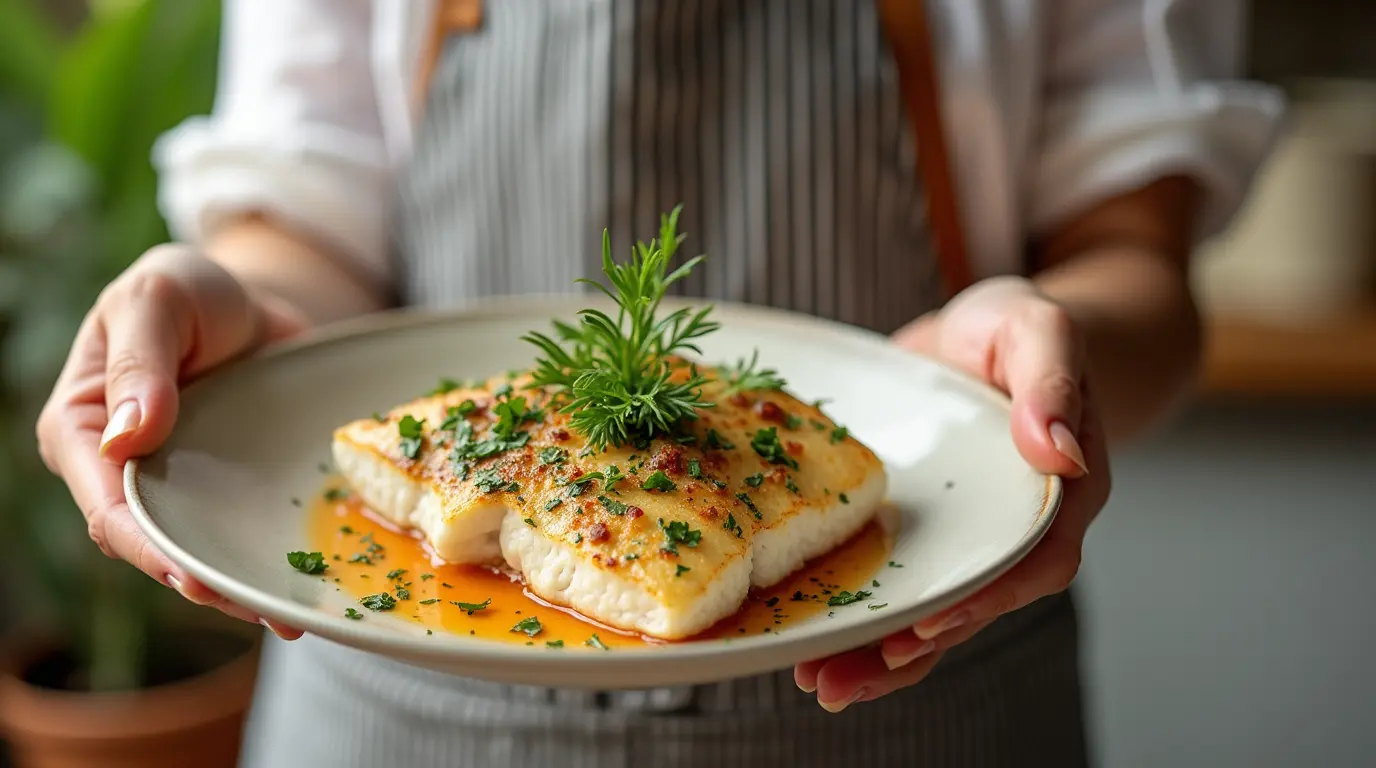Table of Contents
Feeding your fish a nutritious, balanced, and customized diet is essential for their health and longevity. While commercial fish food recipe is convenient, it often contains additives and fillers that may not be ideal for your fish. Making your own homemade fish food allows you to control the quality and ingredients, ensuring your fish get the best possible nutrition. In this guide, you’ll discover easy fish food recipes, tips, and useful resources to help you create healthy meals for your aquatic pets.
Why Choose Homemade Fish Food?
Benefits of DIY Fish Food
- Nutritional Control: You decide what goes into your fish’s diet.
- Cost-Effective: Save money compared to buying premium fish food.
- Customizable: Tailor recipes to meet the needs of herbivores, omnivores, or carnivores.
- Sustainability: Use eco-friendly and sustainably sourced ingredients.
If you’re interested in exploring other homemade recipes, check out this Molcajete Recipe for inspiration on blending fresh ingredients.
Essential Tools for Making Fish Food
Before you start, gather these basic tools:
- Blender or Food Processor: For pureeing ingredients.
- Sharp Knives: For chopping vegetables, fish, and meats.
- Ice Cube Trays: To portion and freeze the fish food.
- Airtight Containers: For storing frozen fish food.
- Pots and Pans: For steaming or boiling ingredients.
For additional tips on preparing food efficiently, check out this handy Burger Bowl Recipe that walks you through quick meal prep steps.
Fish Dietary Categories
Understanding your fish’s dietary needs is crucial. Here’s a quick breakdown:
- Herbivores: These fish thrive on plant-based diets. Examples include Plecos.
- Omnivores: These fish eat both plants and meat, like Goldfish and Rainbow Sharks.
- Carnivores: These fish require a protein-rich diet. Examples include Betta Fish and Discus.
Top Homemade Fish Food Recipes
1. Standard Gelatin Fish Food
Ingredients:
- 2 sachets of unsweetened gelatin
- 3 cups of vegetables (peas, spinach, carrots)
- ½ cup of seafood (shrimp or white fish)
- ½ clove of garlic
- Fish vitamins
Instructions:
- Steam the vegetables and blend with garlic and seafood.
- Prepare the gelatin according to package instructions.
- Mix the gelatin with the puree.
- Pour into ice cube trays and freeze.
For more cooking tips and techniques, you might enjoy this article on How Long to Cook Chicken Breast in an Air Fryer.
2. Herbivore Fish Food
Ingredients:
- Frozen peas
- Spinach
- Cucumber
- Oats
- Unflavored gelatin
Instructions:
- Blanch the vegetables and puree.
- Add oats and gelatin to the mix.
- Freeze in ice cube trays.
3. Meaty Fish Food
Ingredients:
- White fish (cod or tilapia)
- Shrimp
- Beef heart
- Broccoli, peas, spinach
- Unflavored gelatin
Instructions:
- Cook and blend the vegetables.
- Puree the meat and seafood separately.
- Combine everything with gelatin and freeze.
Storage and Feeding Tips
- Freezing: Homemade fish food lasts up to 12 months when frozen properly.
- Serving Size: Use one cube per 50-gallon tank.
- Defrosting: Shave off a small portion and defrost before feeding.
If you’re interested in more versatile recipes, check out this easy-to-follow Peach Cobbler Recipe with Cake Mix for creative cooking ideas.
FAQs: Frequently Asked Questions
1. How Long Does Homemade Fish Food Last?
When stored in the freezer, it lasts up to 12 months.
2. Can All Fish Eat Homemade Fish Food?
Yes, but ensure the ingredients match their dietary needs.
3.Is Gelatin Safe for Fish?
Yes, unsweetened gelatin is a common binding agent in fish food.
4.How Do I Introduce New Food to My Fish?
Gradually mix it with their existing food to help them adjust.
Conclusion
Making your own homemade fish food is a rewarding way to ensure your fish receive high-quality nutrition. By tailoring recipes to their needs, you’ll promote healthier, happier fish. Don’t be afraid to experiment with ingredients and techniques, and explore other creative recipes to enhance your fish-keeping experience!

